Cabin Air Quality on Private Jets
Cabin Air Quality on Private Jets
Air quality on board airplanes is sometimes a concern for passengers. Additionally, differences in air quality between commercial aircraft and private jets are often questioned
.Learn about the different types of air purification systems on planes and which planes have which systems.
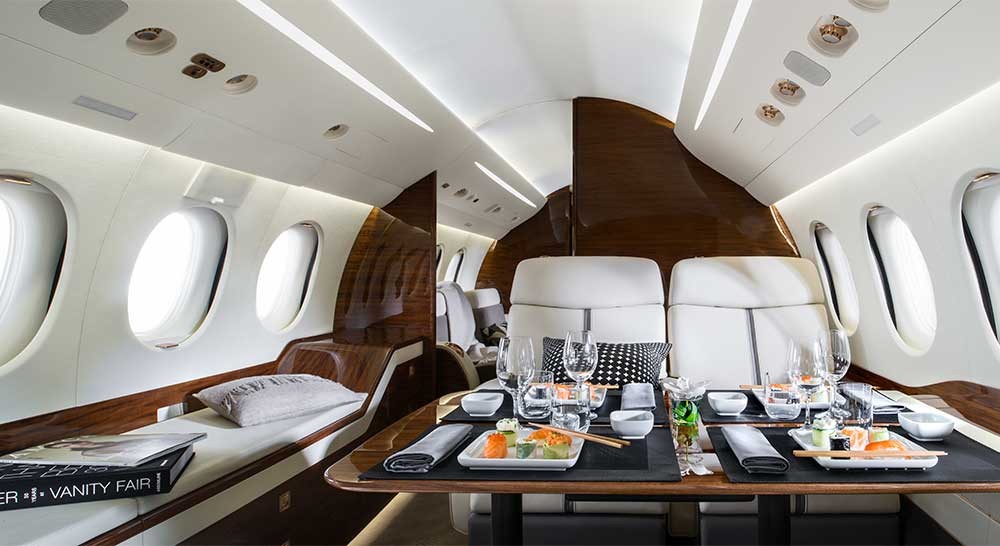
Why Does Air Quality Matter?
After the recent COVID-19 pandemic, air quality and cleanliness have become an important consideration for many passengers. In fact, some passengers worry that air quality puts them at a higher risk of illness than in other environments.
However, the private his jet’s air system helps ensure excellent air quality.
Of course, clean air is essential to reduce the risk of airborne viruses and diseases. Moreover, the risk of illness from airborne particles exceeds that of the novel coronavirus.
Therefore, an air filtration system that removes large amounts of particles is important.
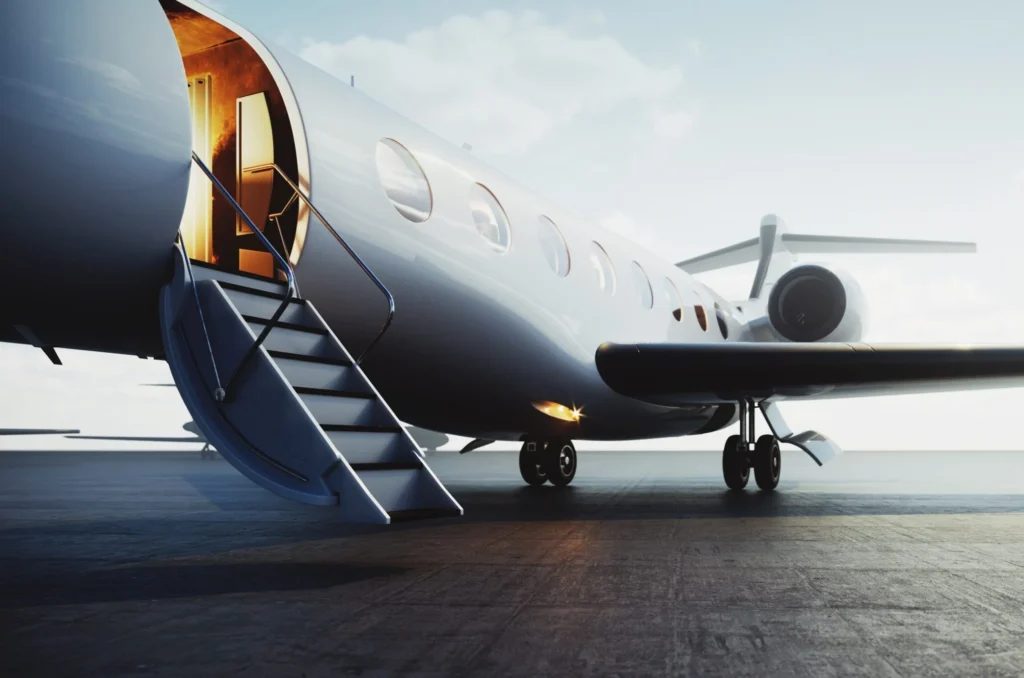
Commercial Aircraft Vs Private Aircraft Air Quality
There are many similarities between commercial aircraft and private jets in terms of aircraft systems and design. This helps ensure that private jets are not as dangerous as commercial aircraft.
This fact also applies to the air circulation system. Of course there are some minor differences. Private his jets have different forms of filters and different forms of recirculation systems, as explained later in this article.
This fact also applies to commercial aircraft. Therefore, the basic filtration systems of private jets and commercial aircraft are very similar. For the most part, the air quality of commercial and commercial aircraft is similar.
Of course, this does not mean that the health risks are the same on commercial flights as on commercial flights. Flying a private jet definitely helps reduce the risk of illness. However, this is achieved by having fewer contact points throughout the flight process.
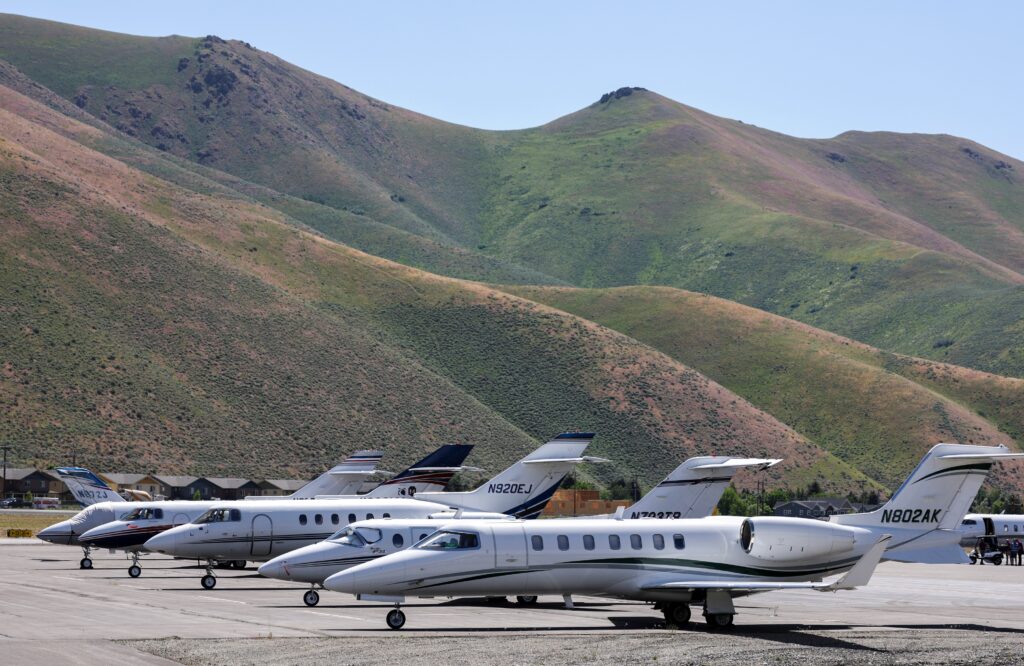
If you take a private jet, you will meet fewer people. As a result, you are less likely to encounter sick people. Plus, there are few people on the plane and you probably know all the other passengers. Many charter airlines also have much stricter cleaning procedures compared to commercial airlines due to the slower turnaround process. However, when it comes to air quality alone, there is little difference between commercial airliners and private jets. This means that the air quality is very high in both cases.
The Different Types of Filters
When it comes to air quality onboard corporate jets, there are two main methods of air purification. They are the outside air system and the recirculation system.
Fresh Air System
A private jet’s fresh air system, as its name suggests, works by constantly drawing fresh air into the cabin from the outside. The air is always fresh, so filters are usually not needed.
The time it takes to fill the entire cabin varies from aircraft to aircraft, but on most aircraft he fills in less than 2 minutes.
Airplanes with outside air systems take air from outside, compress it and heat it to kill germs, bacteria and viruses. This air is then cooled to the temperature inside the passenger compartment. Air enters the cabin through ducts. Air exits the cabin through the exhaust valve.
Recirculation System
Aircraft with recirculation systems, on the other hand, work by taking in fresh air and simultaneously mixing it with the existing air in the cabin. The air is passed through a HEPA (High Efficiency Particle Rejection) filter to ensure the air is clean.
Filters contain a collection of fibers that can filter out airborne pathogens, bacteria, and other harmful particles. Most manufacturers claim that HEPA filters can remove approximately 99.97% of airborne particles.
Most private jets with air recirculation systems can typically fill the cabin completely within four minutes.
These are the systems found on many corporate jets and most commercial jets.
This process works similarly to the outside air system. However, not 100% of the air is extracted from the cabin, only a small portion is recirculated and passed through HEPA filters.
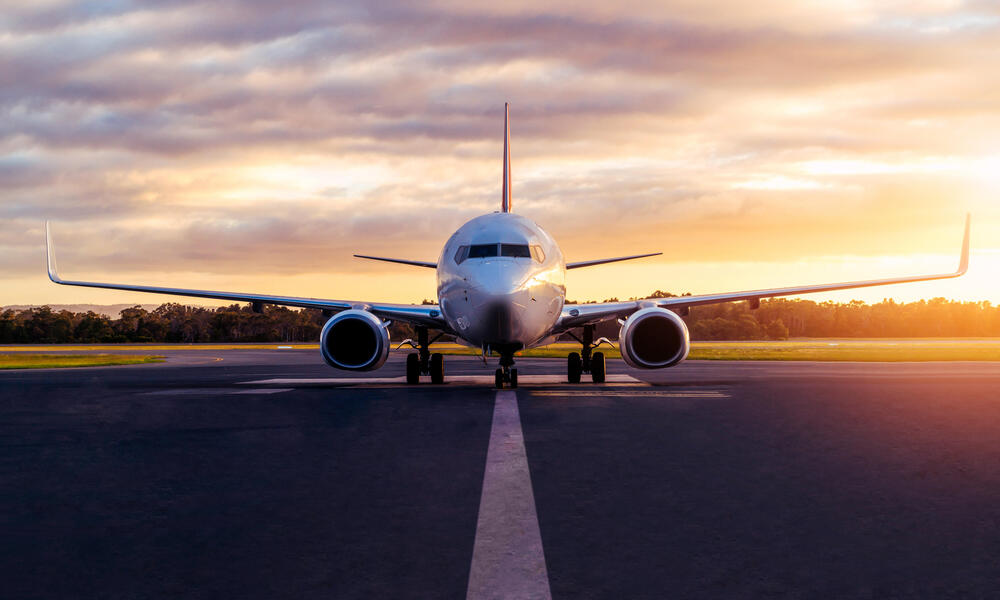
Which Air Filtration System Is Best?
After familiarizing yourself with the two main air filtration systems, the question often arises as to which system is best.
This question is difficult to answer. Ultimately, both methods have processes in place to make the air as clean as possible. One of the key differences mentioned is the speed with which all cabins can be refilled. Using this indicator alone leads to the conclusion that the outside air system is optimal. However, cabin replenishment rate is not the only way to evaluate an air filtration system.
Additionally, there are many reasons why systems differ from aircraft to aircraft, and systems are usually tied to the overall design of the aircraft.
Therefore, there is little reason to choose an aircraft based on the particular filter system used.
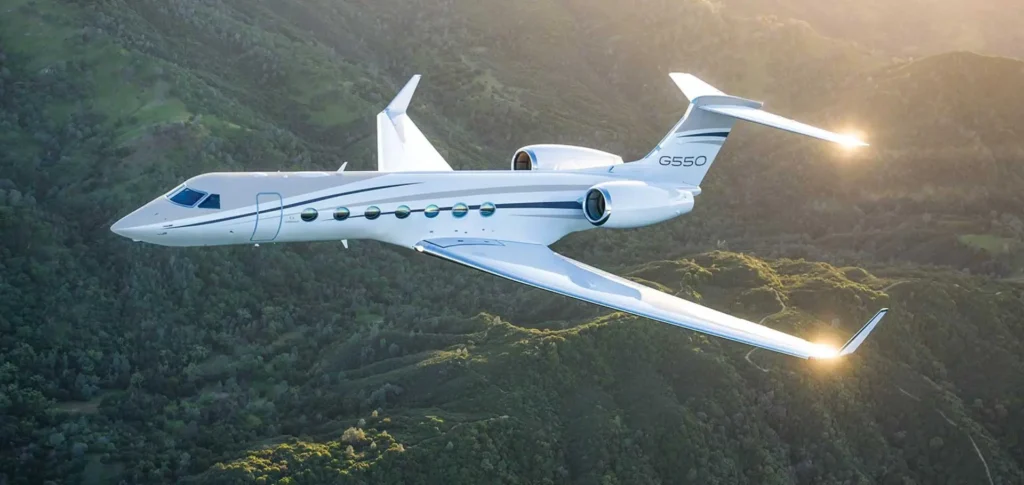
Plasma Ionization Systems
Some aircraft take air purification a step further with plasma ionization systems. This is a feature that can be retrofitted to aircraft or carried on board for specific applications.
The system is attached to the air duct and electronically eliminates bacteria and viruses in the cabin.
This system produces positive and negative ions from hydrogen and oxygen molecules in water vapor in the air. The ions then gather around bacteria, odors, and other particles in the air. A natural reaction inactivates pathogens and eliminates odors.
Plasma ionization systems have been proven to neutralize 99.99% of the novel coronavirus in just 30 minutes.
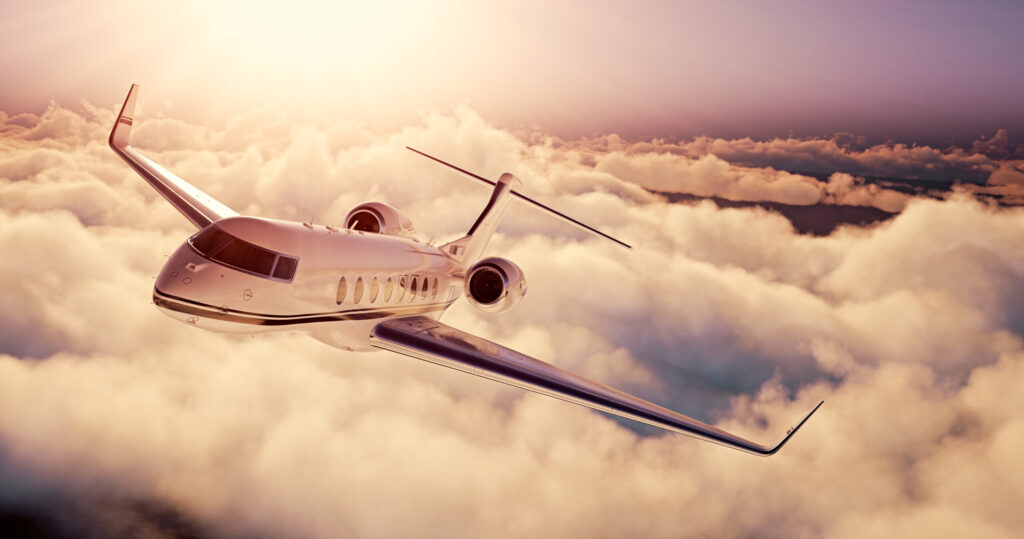
Which Aircraft Use Which Filters?
As mentioned earlier, different aircraft use different airflow systems.
All Bombardier Global aircraft use his HEPA filters as standard. However, Bombardier has introduced the Pũr Air system, which combines a fresh air system with a HEPA filter for maximum cleanliness.
Dassault Aviation can retrofit a HEPA filter to its Falcon 7X and Falcon 8X aircraft if it is not already installed.
Embraer is also one of his manufacturers to adopt an air recirculation system, which is installed on the Phenom 100EV, Phenom 300E, Praetor 500 and Praetor 600 models. However, for the Praetor family, the customer can choose between an outside air system for the aircraft or a recirculation system with his HEPA filter.
All Gulfstream aircraft are equipped with his 100% outside air system. In addition, Gulfstream has installed plasma ionization systems on its newest aircraft, with the option to retrofit older aircraft.
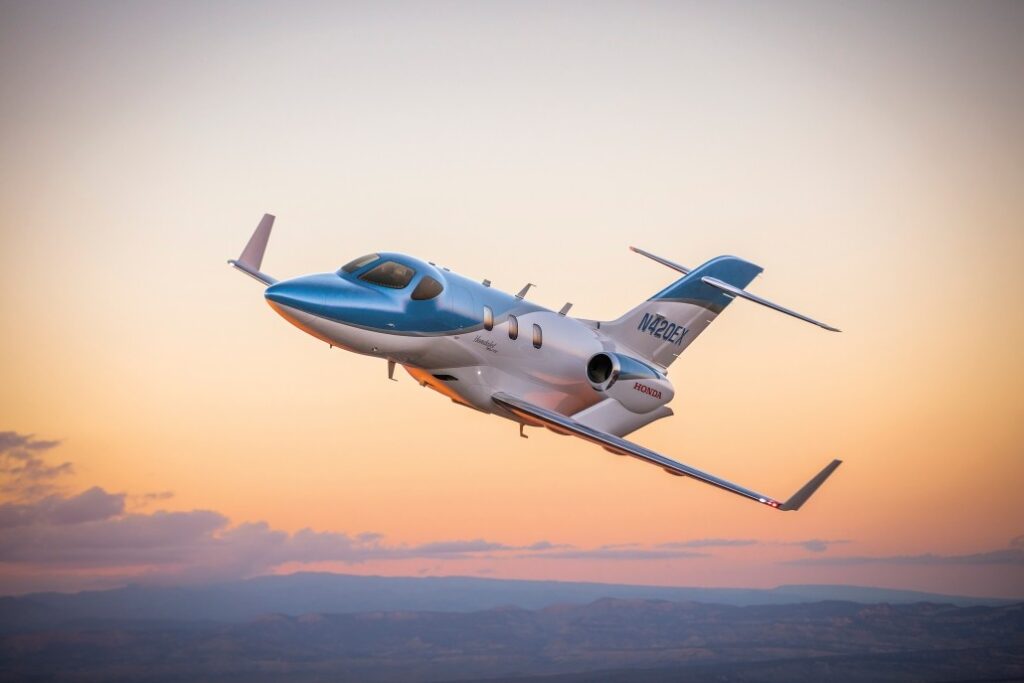
Both the Cessna Citation Mustang and Cessna XLS are equipped with 100% fresh air systems. The Cessna Citation Longitude and Latitude, on the other hand, have recirculation systems with HEPA filters.
However, if the aircraft is equipped with an air recirculation system without his HEPA filter, switching to a HEPA filter is usually a relatively straightforward process.
The Bombardier Pũr Air System
Bombardier recently unveiled its new PũrAir System. According to Bombardier, the system delivers “cleaner air with higher humidity and faster heating and cooling than systems that run on 100% fresh air only.”
This system uses a combination of fresh air systems that pass through HEPA filters. Bombardier claims it can capture up to 99.99% of particles. These include viruses, allergens and bacteria. The system also features an activated carbon filter that can remove volatile organic compounds, odors and gases. The Pũr Air System can replenish the cabin with 100% fresh air in just 90 seconds.

Summary
In summary, private jets have two primary air make-up systems: fresh air and a recirculation system. However, the recirculation system still brings fresh air into the cabin.
A 100% outside air system does not require a HEPA filter as outside air is always flowing in. In a recirculation system, the “stale” air is usually passed through his HEPA filter to remove bad particles. Additionally, a plasma ionization system can be installed to further kill evil.
